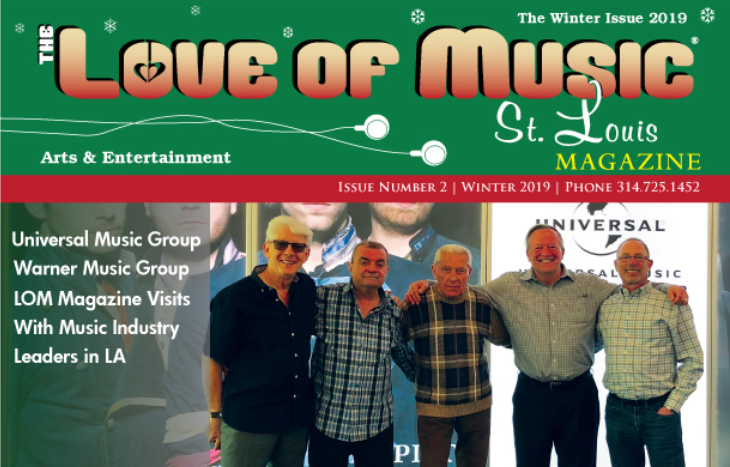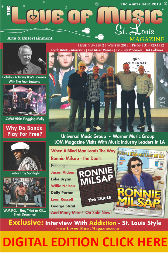In Music History
Love of Music® Magazine Explores The History and Milestones of The Music Revolution.
Thomas Edison’s Phonograph circa 1877
Thomas Edison invented the phonograph in 1877, months before starting experimenting with electric light. The first phonograph employed a cylindrical record that was powered by a hand crank and continued as the dominant form of sound reproduction until it was surpassed by the phonographic disc around 1912.
This local specimen is an Edison Standard Phonograph Type D and is capable of playing two types of recording cylinders: Edison Gold Moulded and Edison Blue Amberol. Each type of cylinder needed a specific reproducer to mount the record to the phonograph, Model C for the Gold Moulded cylinder which would play up to two minute recordings and Model H for the Blue Amberol cylinder that allowed for four minutes.
Amplification required applied acoustic physics and came in the form of a 30-inch long horn made of eleven “petals” of thin metal. The horn interior is painted in a brilliant blue finish with morning glory flowers adorning the perimeter. Certainly, the Type D was designed to grab the eye as much as the ear.
The selection for tonight’s performance is Alcoholic Blues by Vernon Dalhart, a four minute selection on a Blue Amberol cylinder. Over one hundred years later, the look and the sound are surely one thing: captivating.




Photo Credit: LOMM staff
Photo Credit: LOMM staff
Photo Credit: LOMM staff
Photo Credit: LOMM staff





